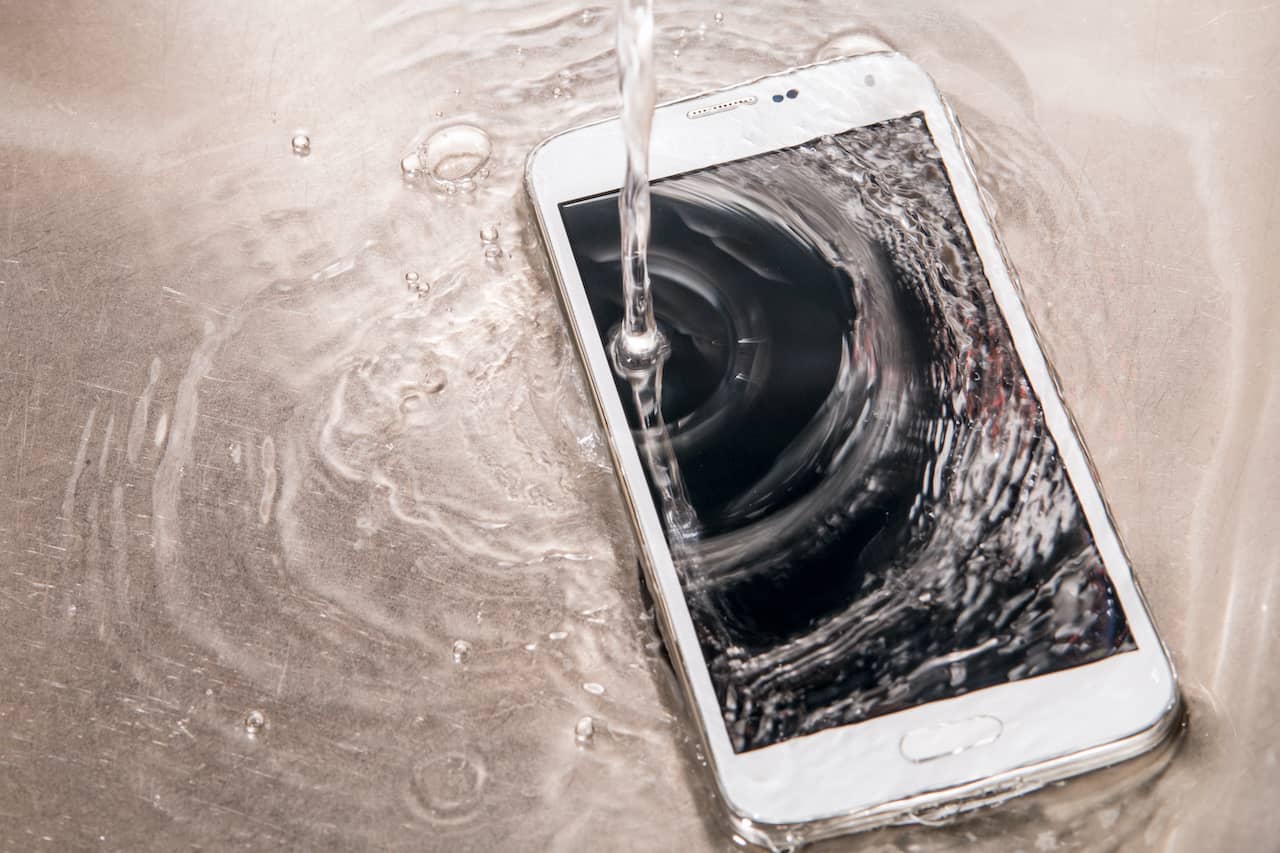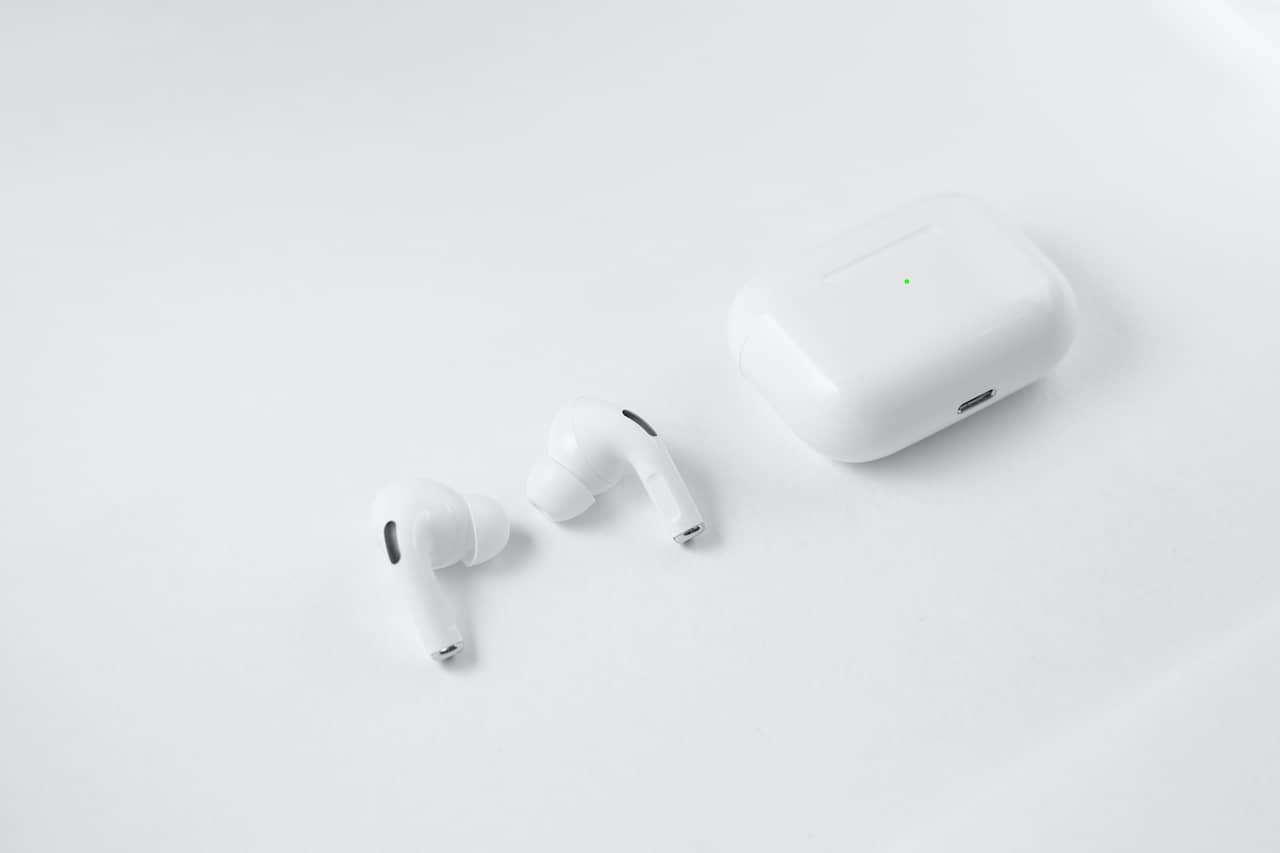
Which Galaxy Phones are Waterproof?
These days, many phones are touted by manufacturers as “waterproof” or “water-resistant.” But what exactly do these terms mean, and how do you determine how waterproof your phone actually is before taking it along to the pool for a summer dip?
This guide will help you separate the marketing speak and the realities of today’s top Samsung devices. This way, you can determine what Galaxy is waterproof and ensure peace of mind at your next aquatic outing (or when you drop your phone in the toilet).
Which Galaxy Phones Are Waterproof?
Here’s a quick way to tell what Galaxy is waterproof, specifically among the Galaxy S models. Any Galaxy S device released after the Galaxy S6 has IP68 water-resistance built-in (we’ll get into what that IP rating means below). However, to make things a little more complicated, the S5 also had water resistance. Samsung reportedly nixed the certification on the Galaxy S6 in an attempt to increase profit margins before restoring the feature on the S7, following consumer criticism.
If you’ve just picked up Samsung’s latest flagship and are wondering “Is Galaxy S21 Ultra waterproof?” rest assured: IP68 protection comes standard. That goes for all of its variants, whether it’s the base model S21 or the Ultra.
While the Galaxy S Series is the brand’s flagship line, you might be looking for water resistance information on one of the other Galaxy lineups. The more recent versions of the Galaxy Note are designed with IP68 protection, while coverage for lower- and mid-tier Galaxy devices, like the A Series, varies greatly. Samsung produces a great number of devices a year beyond their Galaxy S and Note lines. If you want to be sure about a specific device, it’s best to do some research into that specific model because the features can get confusing.
Long story short, if you’ve got a Samsung S5, S7, or any S Series phone after S7, it’s got some degree of water resistance — IP68 certification to be specific. But what exactly do these numbers mean?
How to Tell If Your Phone is Waterproof
Many electronics are advertised with dust and water resistance in the form of an IP rating, which comes from an organization called the International Electrotechnical Commission. This agency rigorously tests thousands of devices a year for hardiness against the elements. Although an IP68 designation (the rating given to most of the Galaxy devices we’re talking about) looks official, what does it mean?
The first two letters stand for “Ingress Protection.” The test measures how well a device stops stuff from getting inside.
The two numbers following “IP” are related to solid material protection (dust, sand, etc.) and liquid protection, in that order. The maximum for solid protection is a 6, while the maximum for liquid protection is an 8. With that said, a rating of IP68 is extremely good, as far as the certification is concerned. But, if you’re asking yourself, “Is the Galaxy S21 Ultra waterproof?”, the answer is disappointingly murky — it’s complicated.
Here’s what IP68 means: absolutely no dust or sand, even the finest powder, is able to get into the device. Of course, that doesn’t apply to open holes, like the charging port, but the internal mechanism is secure. The device is also reasonably waterproof.
Here’s what that 8 actually means: the phone has been tested to submersion for 30 minutes in water that’s 1.5 meters deep. That doesn’t mean the phone will fail at minute 31, though; that’s just how long the test goes. It means that your phone is reasonably well-protected against splashes and droplets. However, the lab test ignores some critical real-world circumstances that we think are important to consider before cannonballing into the pool with your new Galaxy device in hand.
The keyword: corrosion. Most water has other stuff in it. Ocean water is brimming with salt, of course, but even freshwater has minerals dissolved in it. Pool water is typically pumped full of chlorine. Those minerals can easily slip into a phone and stay there for good, causing devastating wreckage to the internal circuitry.
With all that said, although many devices these days are advertised with those fancy IP68 certifications, we’d take that information with a grain of salt (pun intended). Those tests are valid, but they’re not necessarily real-world tests.
Instead, we’d consider the water-resistance feature and take it as reassurance that a little water is okay. However, we certainly wouldn’t use it as a license to submerge the phone in a pool, lake, or ocean for those neat underwater shots.
If you still insist on bringing your phone near the water, there is a way to get those shots without risking the life of your phone.
How to Protect Your Samsung Galaxy Phone
If you want to bring your phone with you into the lake, pool, or ocean, the best way to do that is with a case designed for submerging. Fortunately for water lovers, you can keep your pricey device absolutely isolated from the wet stuff. That way, it won’t matter what Galaxy is waterproof because you know yours will be protected.
Cases like this waterproof one from SaharaCase for the Galaxy Note20 are designed as a two-piece system that fully envelopes the phone in a watertight seal while remaining usable. Even the buttons and ports are covered, which is essential for full waterproofing.

Summ(ergible)er Device Fun
Armed with your new knowledge about IP ratings, what Galaxy is waterproof, and what waterproof means in the real world, you can proceed to your next summer get-together confidently (and impress your friends with the facts).
While we don’t recommend testing the limits of a good IP certification in any circumstances, the feature does go a long way to provide peace of mind when you’re outdoors or near any pool of water. If you do want to get your phone wet, be sure to pick up a quality waterproof case, like those available from SaharaCase, to preserve your device for many summers to come.


